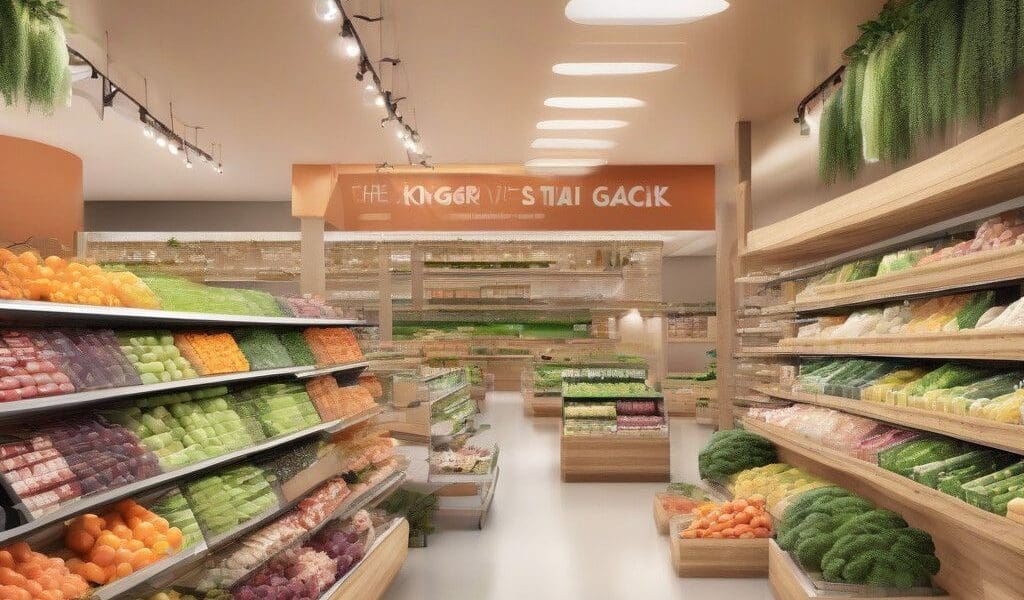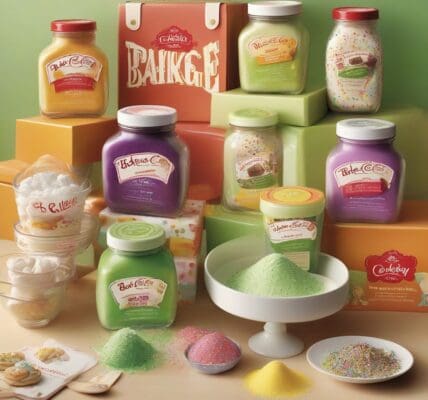In the ever-changing landscape of the food retail industry, noteworthy developments are shaping the future of grocery shopping. In this week’s edition of The Friday 5, we explore key stories that highlight innovations, legal challenges, and evolving consumer preferences that are set to impact the sector significantly.
1. The Future of Food, According to Wegmans
Wegmans has taken a robust approach towards sustainability, a crucial factor for modern consumers. PG Editor-in-Chief Gina Acosta recently visited Wegmans Organic Farm & Orchard, a hub for their innovative practices. Situated in New York State, this organic farming operation has expanded to more than 40 acres since its inception in 2007, cultivating an impressive array of tomatoes, herbs, apples, and micro-greens.
This focus on sustainability encompasses not just the cultivation methods but also waste reduction strategies, sustainable packaging, and responsible sourcing. Wegmans is committed to reducing its environmental impact while promoting a healthier planet. With similar trends gaining momentum across the industry, Wegmans sets a benchmark that other grocers might aspire to emulate.
2. Kroger Wraps Up One Court Case, Starts Another
Kroger is navigating a complex legal landscape as it moves towards finalizing its $24.6 billion merger with Albertsons. After concluding its case in Portland, Oregon, where the Federal Trade Commission (FTC) attempted to block the merger, Kroger is now engaged in a new trial in Seattle. Washington state claims that this merger could lead to consumers facing significantly higher grocery prices due to diminished competition.
Kroger’s response to these allegations emphasizes its intent to enhance customer experience through competitive pricing. Chief Merchant and Marketing Officer Stuart Aitken revealed plans for immediate price reductions on certain products. By the first day of the merger, 28 stock-keeping units (SKUs) will see price cuts, expanding to 650 items within three months. This proactive pricing strategy is crucial in swaying public opinion and alleviating regulatory concerns.
3. Choosing the Best of the Best
This week, Progressive Grocer announced its 2024 Editor’s Picks, celebrating the most impactful consumer products from the past year. The impressive list features innovative offerings like Acme Lox in the Box, Deep Indian Kitchen Kati Street Wraps, and Whipped SO VANILLA Alc-Infused Non-Dairy Whipped Cream. These selections highlight the diversity and creativity in grocery products today, catering to evolving consumer tastes.
Moreover, Hy-Vee garnered significant recognition by being named the Best Grocery Store in America by USA Today. This annual accolade reflects consumer feedback on offerings, selection, and service quality, establishing Hy-Vee as a leader in the retail space.
4. Harris Teeter Makes It Hot to Go
Recognizing the growing demand for convenience, Harris Teeter launched its HT Traders Ready Made Meals line. This new range offers customers a variety of delicious, ready-made entrees and sides that only require heating. Danna Robinson, Harris Teeter’s Director of Corporate Affairs, noted that this initiative aims to accommodate the busy lifestyles of its customers while ensuring high-quality ingredients.
As consumers increasingly prioritize convenience, particularly for meal options, this move aligns well with modern shopping trends. It invites not only repeat visits but also attracts new customers seeking efficient and tasty meal solutions.
5. The Robot Revolution at Retail
Technology is advancing rapidly in retail, and humanoid robots are making their mark. In a recent discussion, Richtech Robotics President Matt Casella articulated the potential of robotic systems like ADAM, recently deployed at a Walmart location. These robots are designed to transform the beverage dispensing experience, addressing challenges around labor shortages and enhancing efficiency.
Despite some skepticism from both customers and associates regarding robot deployment, the conversation highlighted the need for transparency and education about the advantages these technologies bring to everyday operations. Retailers embracing such innovations are likely to gain a competitive edge in customer experience and operational efficiency.
In conclusion, the current dynamics in the grocery industry reflect a robust intersection of innovation, regulatory challenges, and consumer demand for quality and convenience. As companies like Wegmans and Kroger maneuver through these developments, stakeholders must stay informed and responsive to evolving trends that shape the future of food retail.












